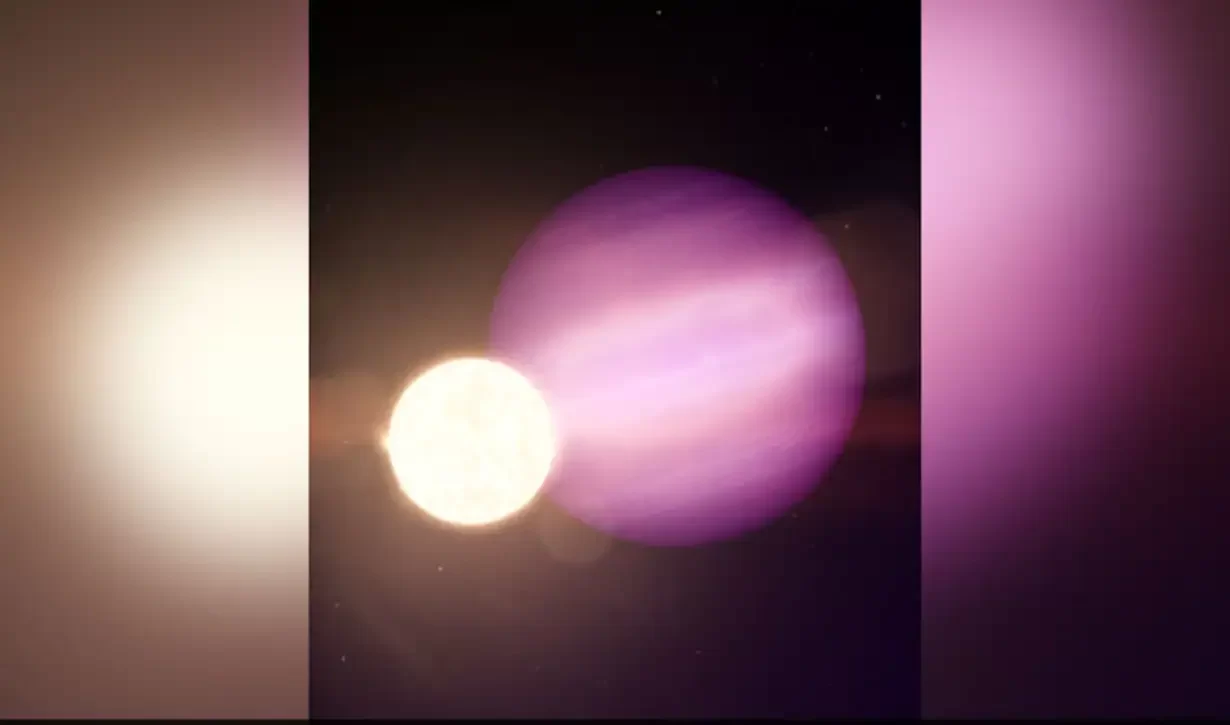The James Webb Space Telescope has made a ground-breaking statement approximately an exoplanet that is seven-hundred light-years farfar from the sun. The new observations of the alien planet, known as WASP-39b screen patchy clouds, an interesting chemical response in its surroundings, and tips approximately its formation. The new readings from Webb offer a complete menu of atoms, molecules, or even symptoms and symptoms of energetic chemistry and clouds, consistent with a press launch with the aid of using NASA. The exoplanet WASP-39b orbits a celeb withinside the constellation Virgo. In August, Webb detected the symptoms and symptoms of carbon dioxide withinside the surroundings of the planet outdoor our sun system.
The fueloline large is set one-0.33 the mass of Jupiter and extra comparable in composition to Saturn (a planet approximately as huge as Saturn however in an orbit tighter than Mercury). “We located the exoplanet with more than one gadgets that, together, offer a large swath of the infrared spectrum and a panoply of chemical fingerprints inaccessible until [this mission],” stated Natalie Batalha, an astronomer on the University of California, Santa Cruz became quoted pronouncing withinside the press release. Ms Batalha contributed to and helped coordinate the brand new research. “Data like those are a sport changer.” The astronomers used 3 in their gadgets. They had been capable of look at mild from the planet’s big name because it filtered via WASP-39b’s ecosystem, a technique called transmission spectroscopy, suggested Nature.com. The crew of extra than three hundred astronomers had been allowed to discover water, carbon monoxide, sodium, potassium and extra withinside the planet’s ecosystem, further to carbon dioxide. Among the unheard of revelations is the primary detection in an exoplanet ecosystem of sulfur dioxide (SO2), a molecule made from chemical reactions caused via way of means of high-power mild from the planet’s figure big name. Shang-Min Tsai, a researcher on the University of Oxford withinside the United Kingdom and lead creator of the paper defined the beginning of sulfur dioxide in WASP-39 b’s ecosystem. In the clicking note, Tsai stated, “This is the primary time we see concrete proof of photochemistry – chemical reactions initiated via way of means of active stellar mild – on exoplanets.” Adding, “I see this as a simply promising outlook for advancing our information of exoplanet atmospheres with [this mission].” However, the exoplanet could in no way be capable of aid lifestyles as we understand it.

